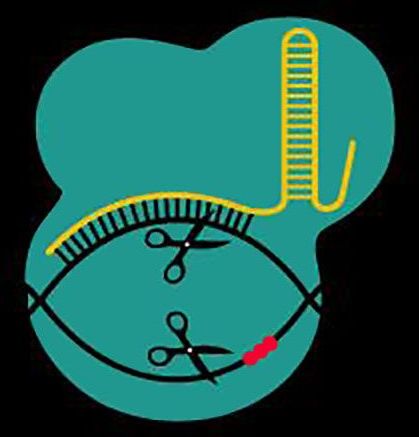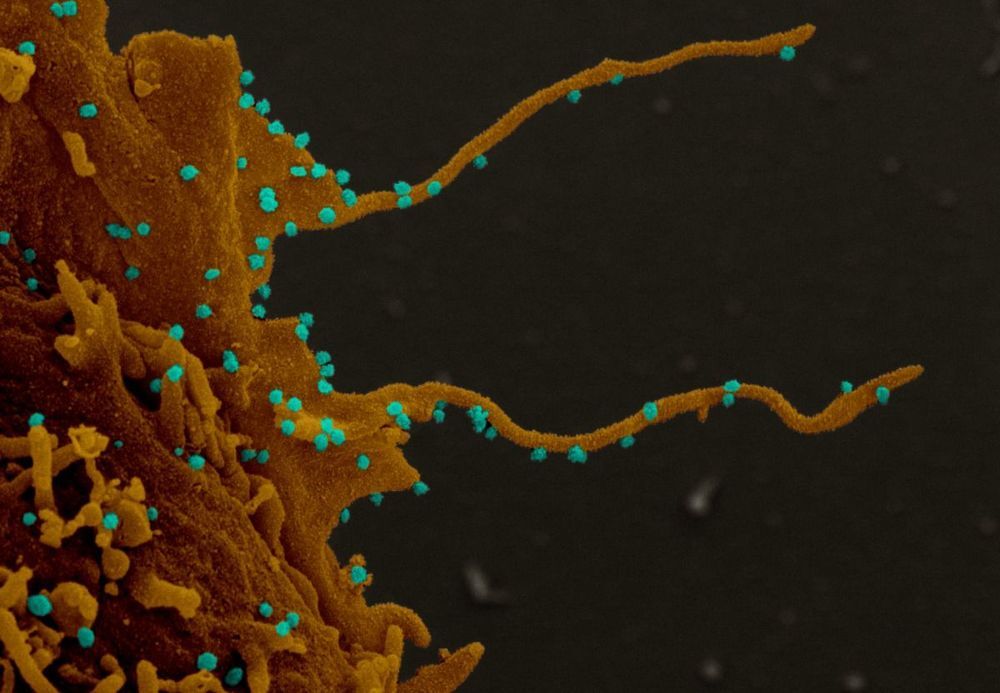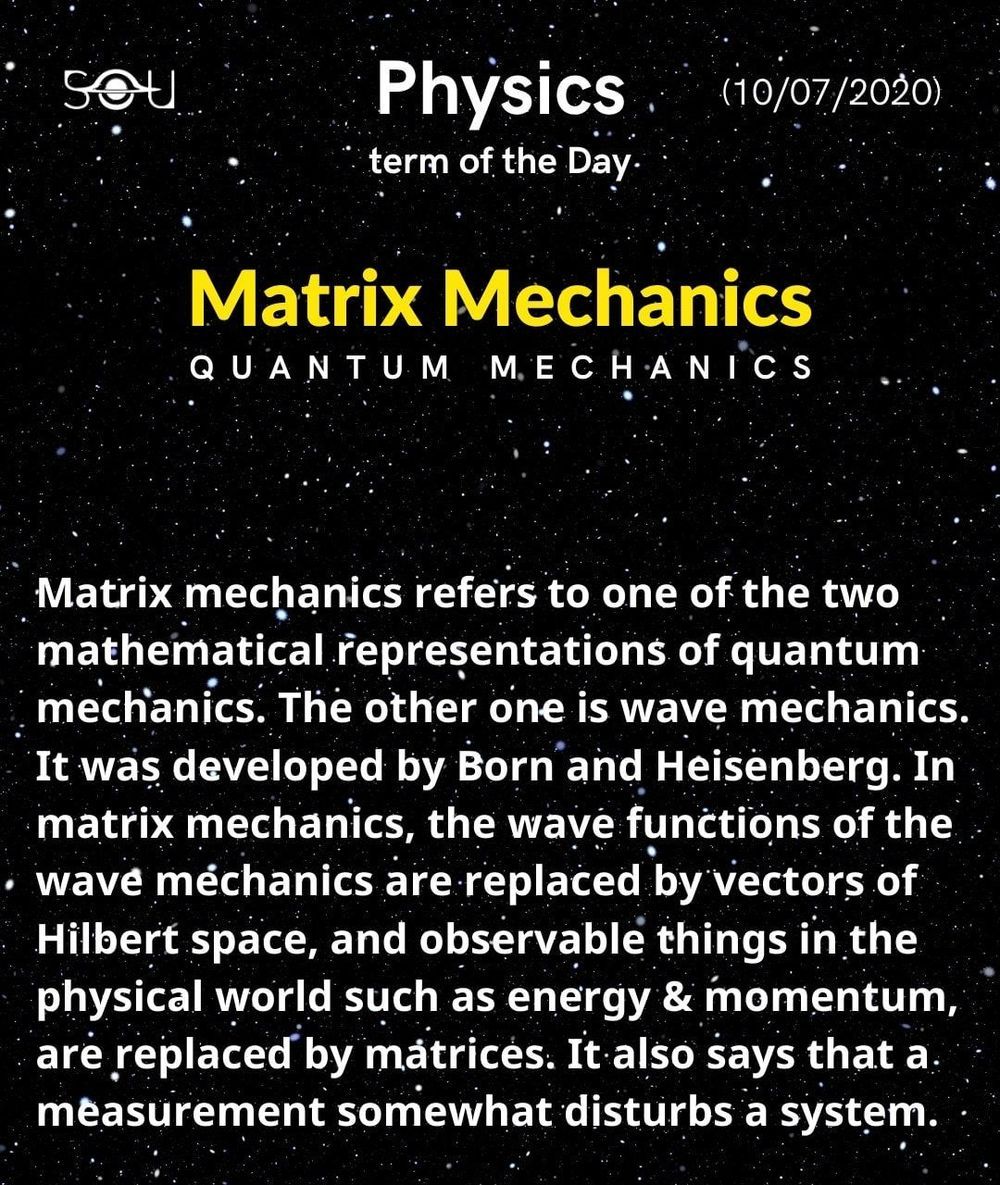Last month, the U.S. Department of Defense and GM Defense LLC announced an agreement worth about $214,3 million to build, field and sustain the Army’s new Infantry Squad Vehicle (ISV).
The ISV program will provide Infantry Brigade Combat Teams an additive lightweight vehicle to move Soldiers and their equipment quickly over complex and difficult cross-country terrain. Designed to provide rapid ground mobility, the expeditionary ISV is a light and agile all-terrain troop carrier intended to transport a nine-Soldier infantry squad moving throughout the battlefield.
The total production ISV contract award value is $214.3 million to procure the initial Army Procurement Objective of 649. The approved Army Acquisition Objective is 2,065 vehicles.









